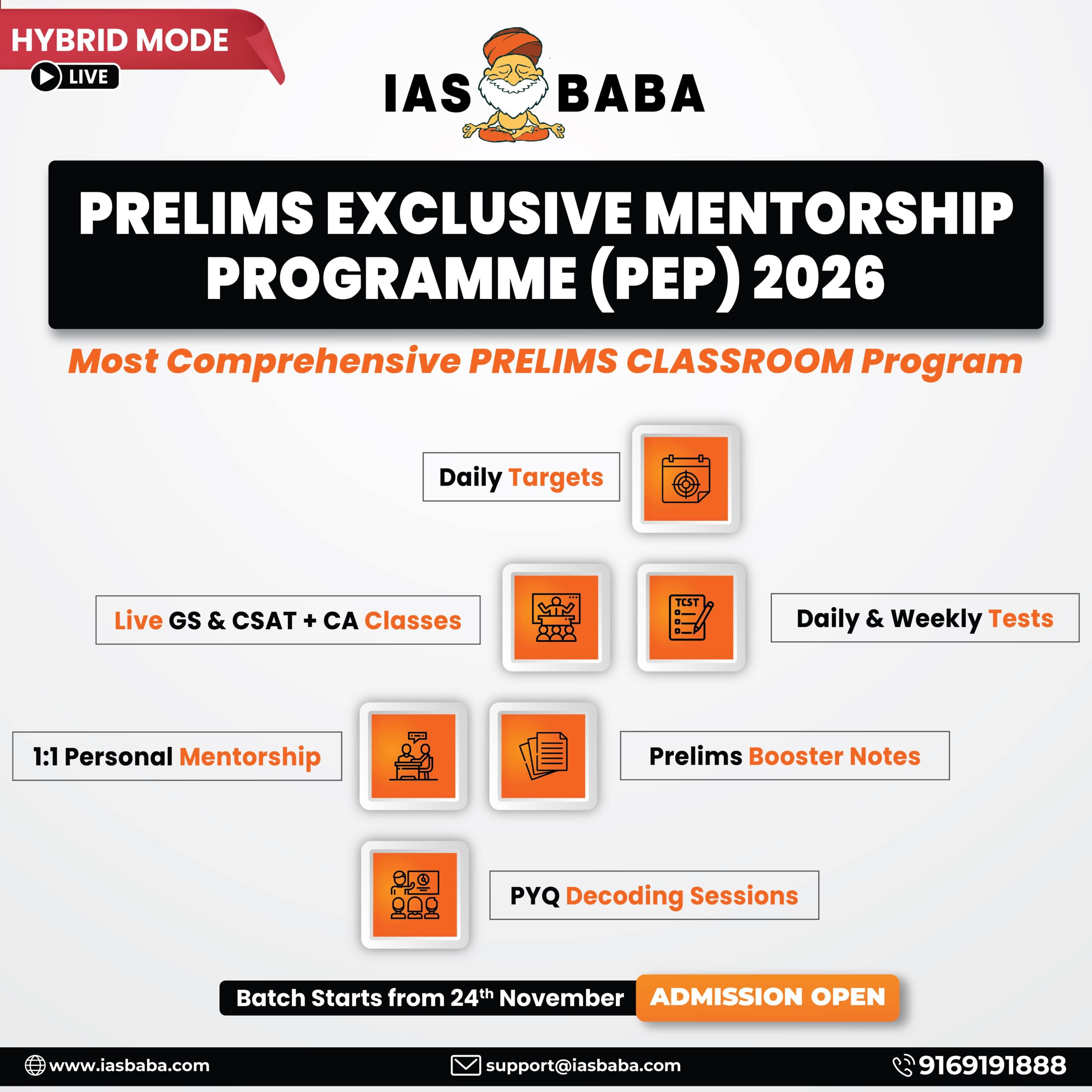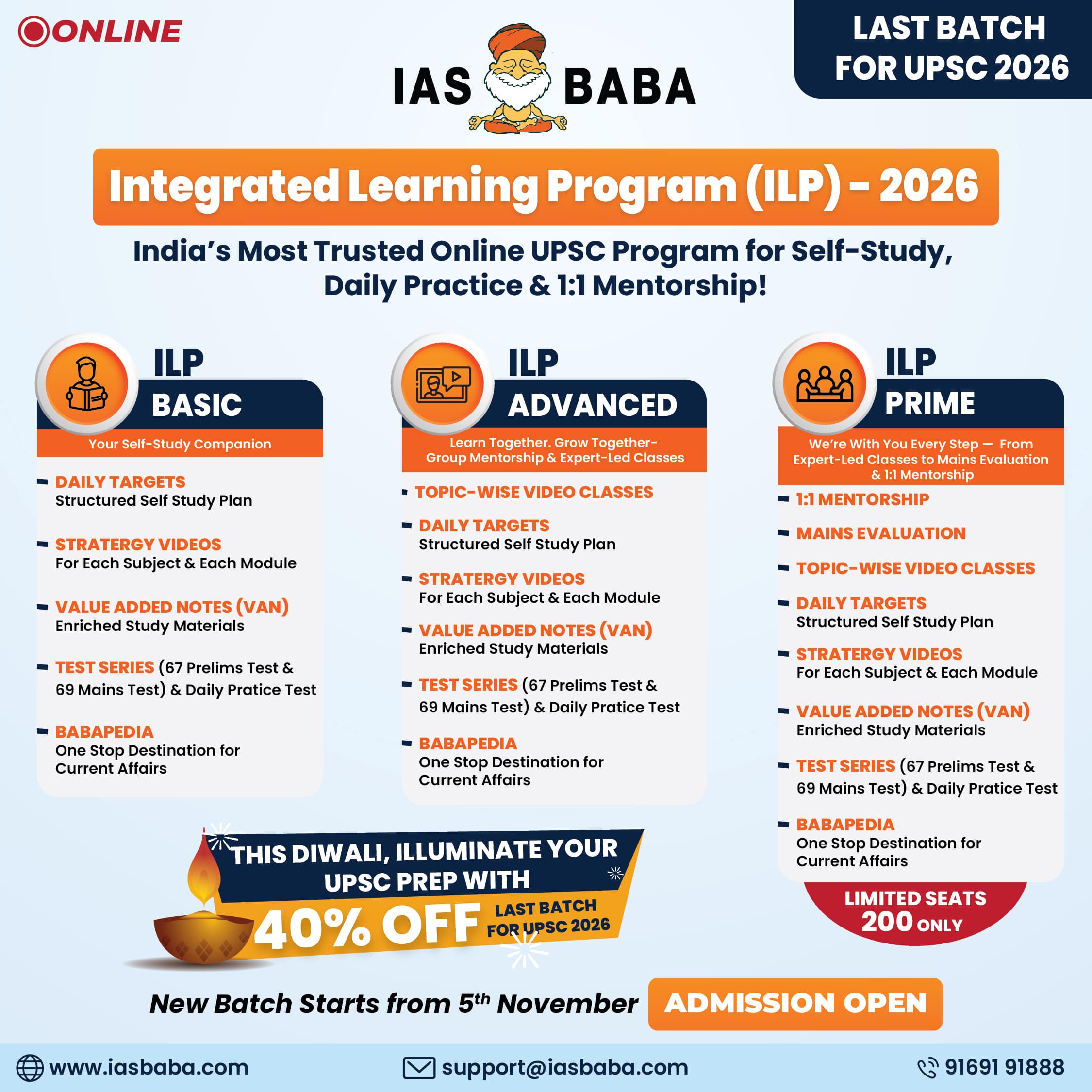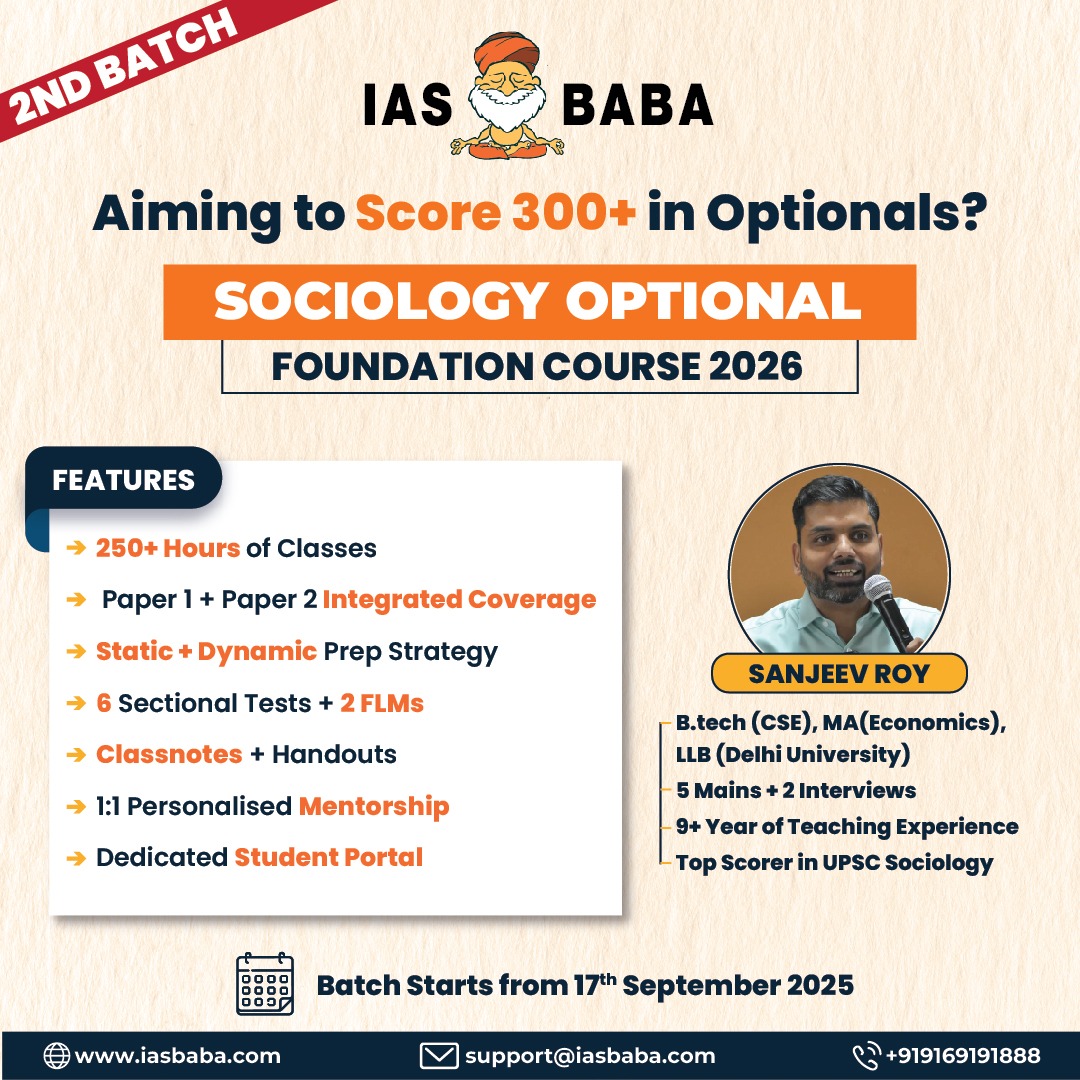NIDHI COMPANY
Part of: GS Prelims and GS-III- Economy
In News:
- The government has given up to one-year time for Nidhi companies to update their details as per the updated rules.
- A Nidhi company is a type of company in the Indian non-banking finance sector, recognized under section 406 of the Companies Act, 2013.
- Their core business is borrowing and lending money between their members.
- They are regulated by Ministry of Corporate Affairs.
- They have to comply with two set of norms, one of Public limited company as per Companies Act, 2013 and another is for Nidhi rules, 2014.













